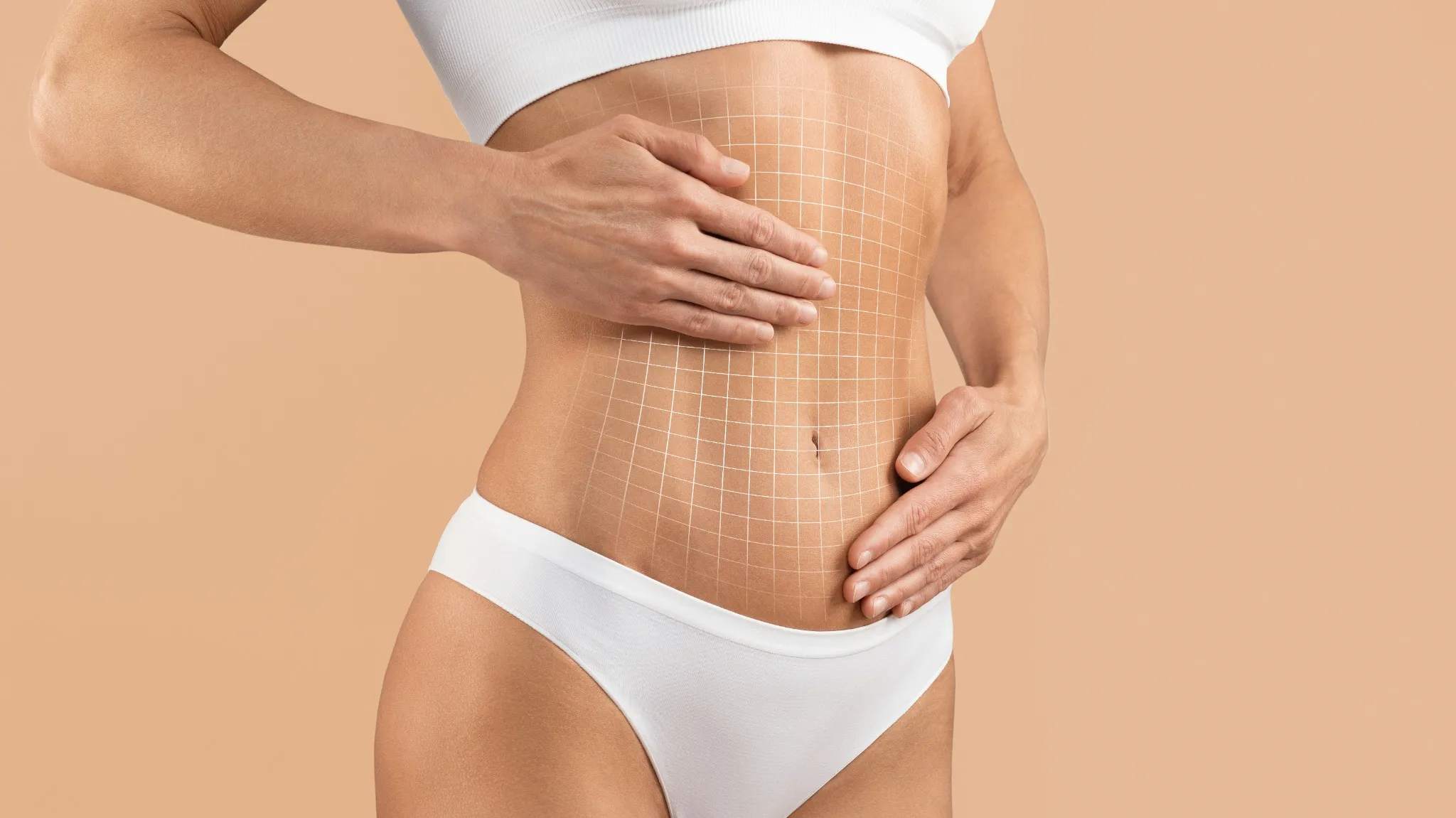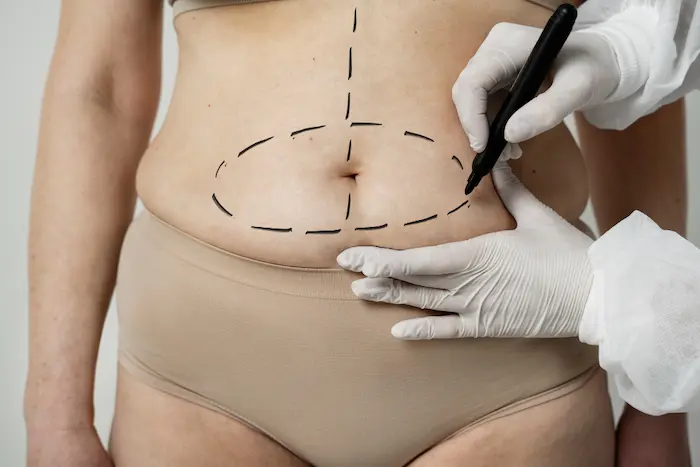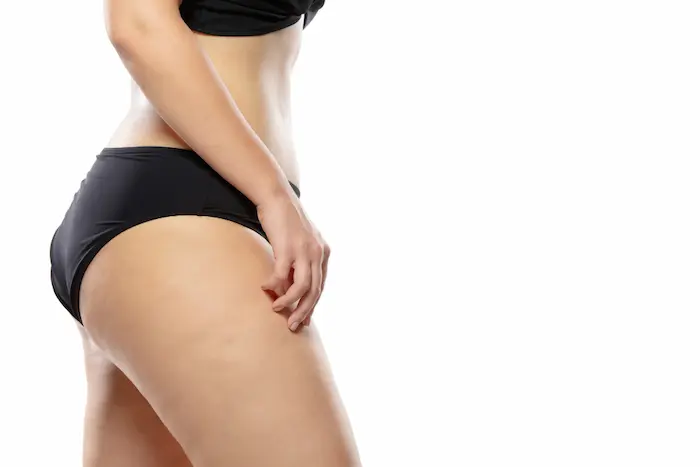
Busting Myths about the Liposuction Procedure
Obesity is prevalent these days mainly due to a heavy intake of junk and adulterated food intake. Are you also...
Obesity is prevalent these days mainly due to a heavy intake of junk and adulterated food intake. Are you also suffering from any such horrendous health issues at present? Are those extra layers of fats causing you an inferiority complex and preventing you from putting on your dream swimsuit? If yes, it is high time to consider liposuction.
If you have been stuck in a dilemma, wondering whether you should try out the liposuction procedure, then this article will help you come out of the myths and decide if you should go for it.
Myth #1: Liposuction is an ideal process to remove fat
The first common myth that everyone gets to hear about the liposuction procedure is that it is ideal to remove body fat for everyone. Going by the literal definition of liposuction, the above statement might sound right. However, if you dive into the meaning of the same thing stated above, you will realize the fact.
Liposuction might be a process to suck out body fat from a person's body, but it does not fit everyone. If a person with excessive body weight opts for this procedure, the respective cosmetic surgeon will prevent that from happening. In addition, this process is only suitable for people with a body weight within 30 percent of the desired weight.
A few names that refer to persistent fat deposits include saddlebags, muffin tops, bat wings, and thunder thighs. In addition, cosmetic surgeons may often suggest the patients not to go for liposuction if they want to shed a significant amount of weight. This is because liposuction is not a weight loss treatment but a fat elimination procedure for people who have maintained their weight within a permissible limit.
Thus, the above Myth is busted because liposuction is not an ideal fat-removal process for all, but only for a limited number of people, who satisfy the weight criterion.
Myth #2: Liposuction Gives Permanent Results
You may notice liposuction results immediately and it mostly continues to provide advantages over the long term. Patients with liposuction may put on weight in other areas of their bodies following the treatment, but there will be no replacement of the fat cells extracted during the surgery. If the patients can maintain their weight at the same level after the treatment, the liposuction procedure results will have lasting positive effects on them.
Therefore, if a patient's initial weight was 140 pounds and they shed 10 pounds after surgery and continue to keep their weight at or below 130 pounds, the fat cells will continue to avoid them. This holds even if the patient maintains a weight higher than 130 pounds.
This results from the patient's ability to maintain a healthy diet and exercise routine throughout therapy. Although, if the same patient undergoes liposuction and then gains 10 pounds after the treatment, fat will begin to gather not only in the areas left untreated by the procedure but also in the areas treated in the past. Thus, you can say that liposuction can only help you permanently if you try to keep your diet within suggested boundaries.
Myth #3: Liposuction is suitable to perform only on the stomach
Many modern-gen people believe liposuction would fetch best results when performed on the stomach region because it is the most fat-prone zone in the entire body. You might have already noticed many people walking with their tummies sticking out, but it is a wrong notion. Instead, liposuction is not a region-specific process. The cosmetic surgeons can perform the surgery on the stomach and other fat-prone regions where the chances of fat accumulation stay high. Prominent of these areas include thighs, waist, upper arms, and buttocks. Hence, the above Myth is busted as well.
Myth #4: The patient must get general anesthetic before undergoing the liposuction procedure
Most liposuction procedures may be carried out using a local anesthetic, such as twilight anesthesia, as the only kind of anesthesia required. This reduces the time necessary for recovery and eliminates most risks associated with general anesthesia. Thus, the above myth holds no water as well.
Myth #5: The liposuction procedure is a harrowing experience
The effects of liposuction and the recuperation period that follows treatment may vary significantly from person to person and depend largely on the specifics of the individual receiving the surgery. Those who have had liposuction earlier have experienced slight discomfort with the recovery process. However, pain relievers are easily accessible and have the potential to cure any discomfort efficiently.
In addition, it is possible for the discomfort to subside significantly within the first few days after the treatment. Following surgical treatment, many patients can return to their usual activities, including light work, within a week or two at the very most. Thus, you can deem the above as wrong yet again. Liposuction does not give a harrowing experience to the people opting for this procedure.
Myth #6: Liposuction can cure cellulitis
If you have recently been suffering from lumpy skin, be aware that it is just the cellulite. In simple words, cellulitis is the accumulation of lumps of fats under the skin, giving the exterior part a crooked structure in certain regions. Because liposuction is a fat removal procedure, most people consider it as a cure for cellulite. However, it is not true because liposuction focuses on fat-prone regions in the body, which sucks out fatty acids and glycerol from the inner layers of the skin. Hence, it cannot give any particular attention to the cellulite. As a result, your lumpy skin may be better after the procedure, which in turn busts the above myth.
Myth #7: A puckered or lumpy appearance of the skin is due to the adverse effects of liposuction:
Even though the lumpy and puckered textures are sometimes common, skin abnormalities after liposuction are very unlikely. Perhaps, a competent and experienced surgeon can lessen the risk of this condition by minimizing the amount of fat taken from the patient during surgery. This would require the surgeon to remove less fat from the patient. Thus, you can consider the associated myth as wrong.
Myth #8: Liposuction is not ideal for patients after a certain age
Patients in the age bracket of 18-70 may choose to undergo liposuction. The ideal age range is however between 30-35 years, as the skin elasticity is the best during this period.
Even younger people can opt for it, but they should be at least 18 years old. This is because at this point, the maturation process in their bodies is likely to attain completion, and they will have the mental ability to decide whether to continue with the therapy.
Likewise, even older people (above 50) can opt for liposuction, but after a certain duration, they will have to opt for a revision surgery, as the results will last for a comparably lesser time with the growing age.
Therefore, it would be good to consider liposuction as a potential treatment for all, irrespective of their age. The only condition is that they should have good health and must possess realistic expectations about the procedure's outcomes. Recent advances in liposuction procedures have made a broad array of feasible treatment options available to patients.
Myth #9: Liposuction is not suitable for male patients because of their anatomy
In recent years, there has been a general rise in the number of individuals of both sexes who have opted to go through liposuction as a cosmetic treatment. This trend has emerged because of safe and effective liposuction in achieving the desired results. Conversely, a common misunderstanding is that men have less enthusiasm for liposuction than women, which is wholly incorrect.
Liposuction can accommodate the requirements of male and female patients alike. Often, when men wish to lose weight, they often focus on lowering the amount of fat in their abdomen, double chins, etc. This is where Liposuction can help them out. Hence, the above Myth holds no truth.
Myth #10: The body may regains the an uneven weight after Liposuction
Most individuals who go through liposuction fear that once the procedure is over, they will put on additional weight. Nevertheless, people working in the scientific and medical communities do not share the same opinion.
Liposuction lowers the number of fat cells localized in a specific body location. The overall number of fat cells in the body however continues to expand gradually throughout an individual's lifespan.
Therefore, when a person gains weight, the additional mass will distribute evenly throughout the body as long as the individual keeps eating and drinking similar food. It is hence possible to keep one's figure after liposuction, which negates the myth.
Wrapping up!
People consider Liposuction as an ideal treatment to lose fat and regain a toned body. It is however, not a weight loss procedure. Several other myths keep surfacing now and then about this cosmetic surgery method. The need is to bust them and be aware of the fact so that you do not feel two-minded when deciding for it. Fixing an appointment with an experienced and board certified plastic surgeon would be ideal to clear all your confusions.






Comments
Login & Write comment